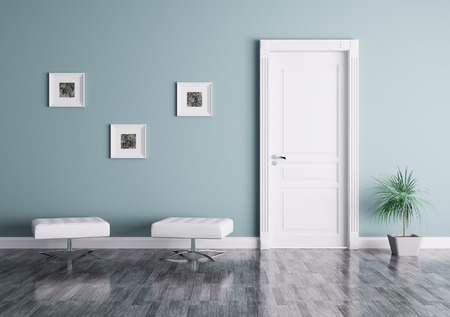Creating an Age-Friendly Home
In the Netherlands, the number of older adults who continue to live happily and safely in familiar home environments ranks among the highest in the world. Mr. Wic Tjang, a Dutch-trained architect from The ID Company, notes:
“The focus should always be on improving the following aspects in a person’s life: safety, mobility, comfort, convenience, and self-reliance/self-worth.”
More people are choosing to remain in the comfort of their own homes as they age. With thoughtful planning, the home environment can support independence, safety, and dignity. The most effective approach is to assess the home room by room, taking into account daily routines, mobility levels, and lifestyle preferences. Involving individuals in the decision-making process is essential to ensure changes feel supportive rather than restrictive.

Access and Doors
-
Doors should be wide enough to accommodate wheelchairs and walkers, with clear space for easy movement on both sides.
-
Lever-style handles are easier to operate than round knobs and can be fitted with non-slip or antimicrobial finishes.
-
Contrasting colours between doors, frames, and walls make it easier for those with vision difficulties to navigate.
-
Outward-opening or sliding doors are easier to use and allow rescuers access in emergencies.
-
Thresholds should be flush, and where ramps are needed, slip-resistant materials and sturdy handrails are recommended.
-
Smart locks and video doorbells at accessible heights add convenience and security without the need to manage keys.
Walls and Ceilings
-
Light-coloured, matte finishes on walls and white ceilings create brighter spaces that enhance visibility.
-
Non-toxic, low-odour paints are healthier choices for sensitive users.
-
Wall-mounted panels can make it easier to control lighting, blinds, or call for help from one central point.
Lighting
-
Adequate lighting is essential for both safety and comfort. With age, our eyes may need brighter light to comfortably handle daily activities.
-
LED lights with dimmers and adjustable colour tones are ideal, allowing brighter cool light for activities and warmer light in the evenings.
-
Motion-sensor night lights in hallways, bedrooms, and bathrooms help prevent falls at night.
-
Large windows and adjustable blinds or shades maximise natural light while reducing glare. Motorised options can make them easier to use.
Cabinets and Wardrobes
-
Sliding doors save space and are easier to manage if fitted with smooth, easy-glide mechanisms.
-
Pull-out racks and drawers reduce the need to bend or reach overhead, making storage more accessible.
-
Rounded edges on cabinets, tables, and walls reduce the risk of injury from bumps.
Floors
-
Floors should be level and slip resistant, especially in bathrooms, kitchens, and balconies.
-
Non-slip vinyl, cork, or textured tiles provide safety while maintaining a warm, home-like look.
-
Avoid loose rugs or secure them with non-slip backing to prevent tripping hazards.
-
Where level changes cannot be avoided, install gentle ramps or tactile strips for easier navigation.
Final Note
A senior-friendly home is not about removing independence but enhancing it. With practical adjustments to access, lighting, storage, and flooring, homes can remain safe, comfortable, and empowering places for people to thrive as they age in place. PRIME
About the Expert
Wic Tjang is a Dutch-trained architect and licensed property agent with Huttons Asia Pte. Ltd. in Singapore. He combines his design expertise with real estate experience to help clients buy, sell, and rent homes, while delivering personalised service and market insights.












